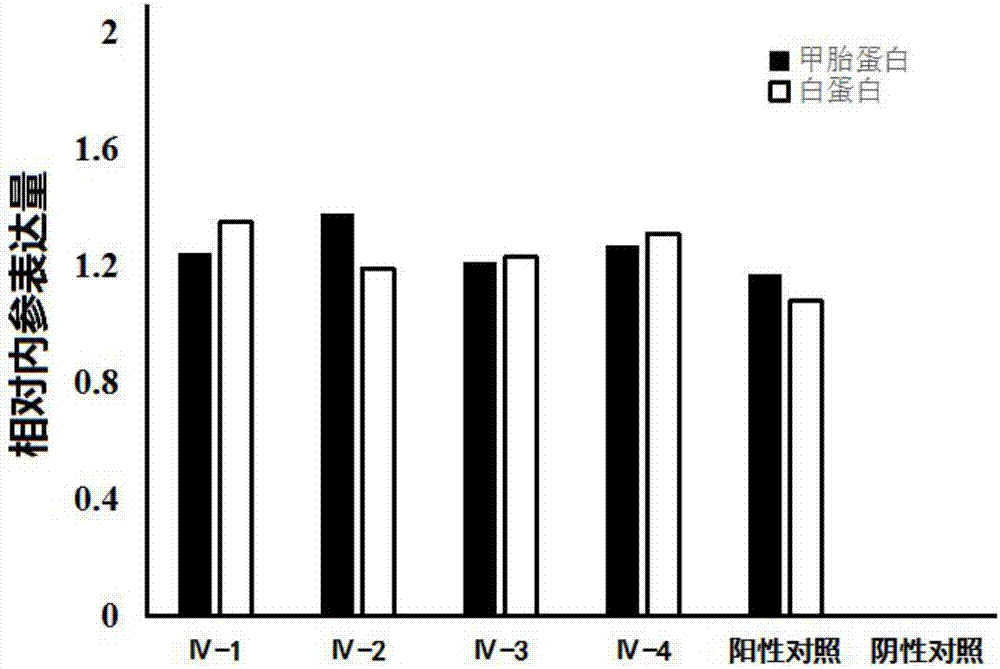Artificial polypeptide capable of inducing bone mesenchymal stem cells to differentiate into hepatic cells and biological product of such artificial polypeptide
A technology of bone marrow mesenchyme and biological products, applied in the field of stem cells, which can solve the problems such as the inability to maintain the original characteristics and the lack of cell sources.
- Summary
- Abstract
- Description
- Claims
- Application Information
AI Technical Summary
Problems solved by technology
Method used
Image
Examples
Embodiment Construction
[0026] The substantive content of the present invention will be specifically introduced below in conjunction with the embodiments. Due to space reasons, the description of the experimental process cannot be done in great detail. All the parts not described in detail in the experiment are routine operations well known to those skilled in the art.
[0027] 1. Experimental materials
[0028] The polypeptide involved in the present invention is synthesized by the standard polypeptide solid-phase synthesis technique well known in the art, using the N-terminal protection strategy of fluorenylmethoxycarbonyl (Fmoc). According to the method of resin solid-phase synthesis, the corresponding amino acids are sequentially connected, during which the Fmoc-protecting group is sequentially removed, and then the peptide is cut to obtain a crude product. The crude product is separated and purified by a C18 column to obtain the polypeptide represented by formula (IV).
[0029] HPLC and MS detec...
PUM
 Login to View More
Login to View More Abstract
Description
Claims
Application Information
 Login to View More
Login to View More - R&D
- Intellectual Property
- Life Sciences
- Materials
- Tech Scout
- Unparalleled Data Quality
- Higher Quality Content
- 60% Fewer Hallucinations
Browse by: Latest US Patents, China's latest patents, Technical Efficacy Thesaurus, Application Domain, Technology Topic, Popular Technical Reports.
© 2025 PatSnap. All rights reserved.Legal|Privacy policy|Modern Slavery Act Transparency Statement|Sitemap|About US| Contact US: help@patsnap.com

